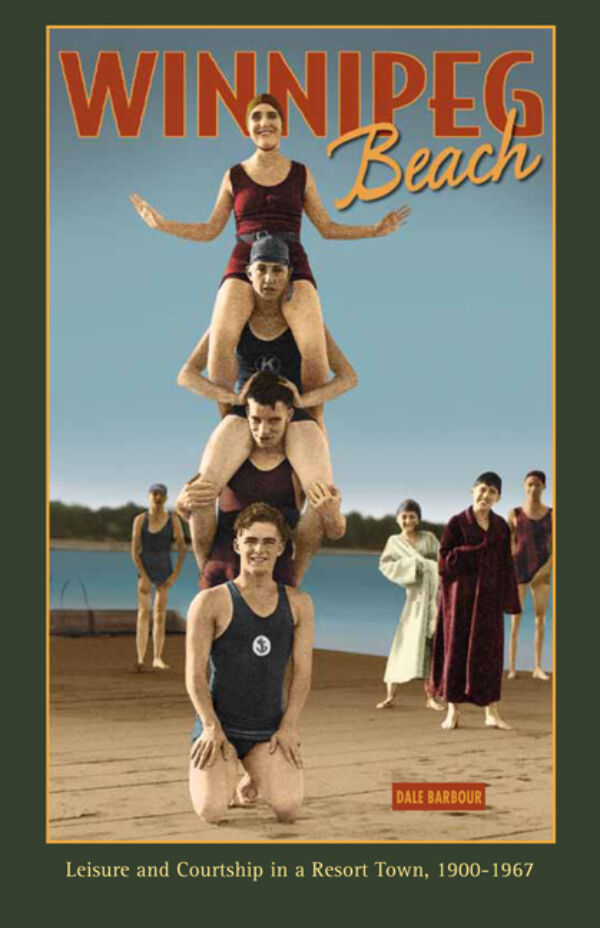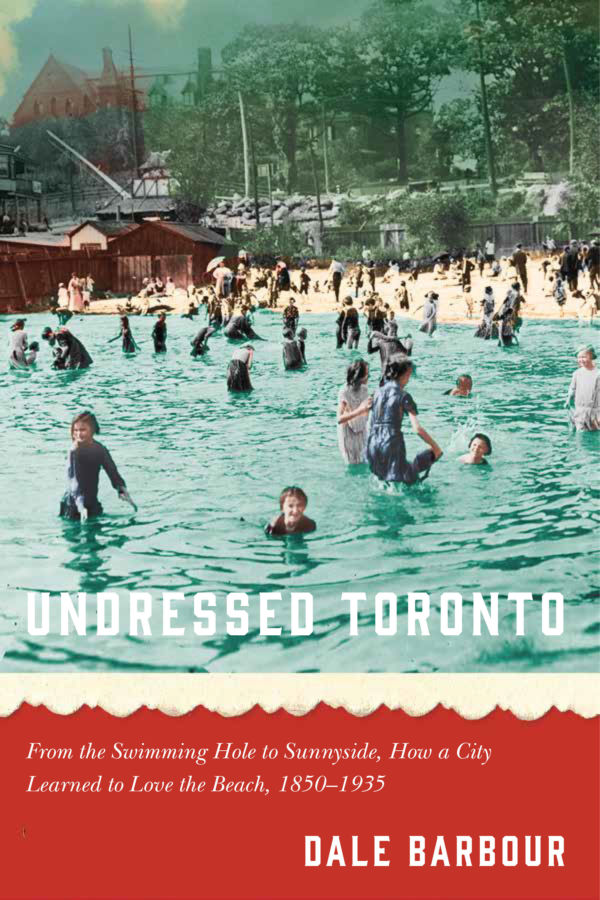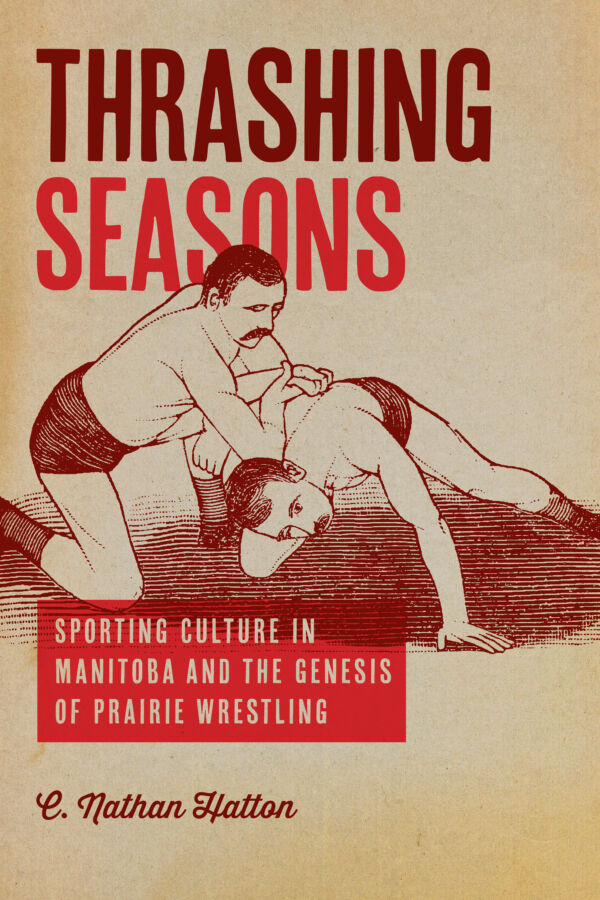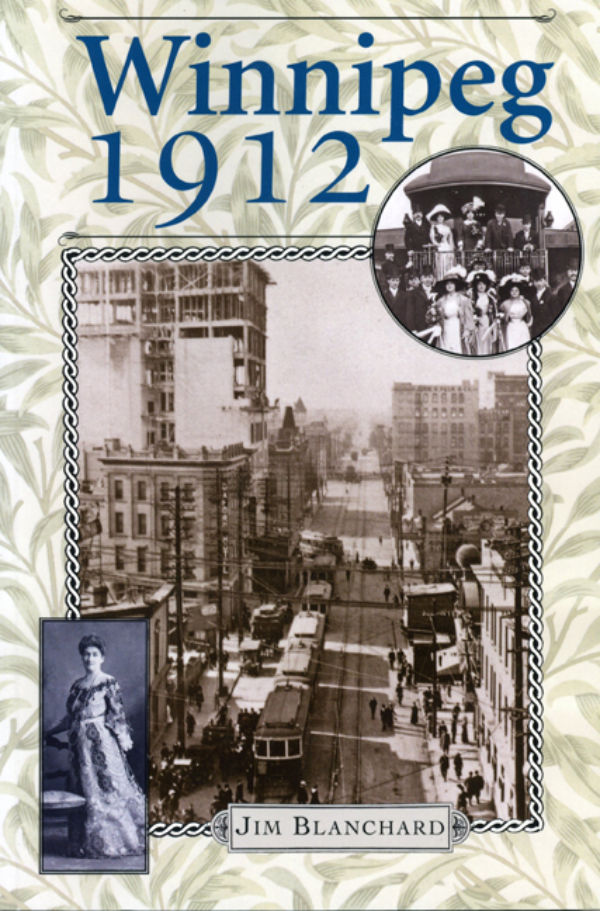Overview
During the first half of the twentieth century, Winnipeg Beach proudly marketed itself as the Coney Island of the West. Located just north of Manitoba’s bustling capital, it drew 40,000 visitors a day and served as an important intersection between classes, ethnic communities, and perhaps most importantly, between genders. In Winnipeg Beach, Dale Barbour takes us into the heart of this turn-of-the-century resort area and introduces us to some of the people who worked, played and lived in the resort. Through photographs, interviews, and newspaper clippings he presents a lively history of this resort area and its surprising role in the evolution of local courtship and dating practices, from the commoditization of the courting experience by the Canadian Pacific Railway's “Moonlight Specials,” through the development of an elaborate amusement area that encouraged public dating, and to its eventual demise amid the moral panic over sexual behaviour during the 1950s and ‘60s.
Reviews
“This is an intelligent and highly readable account of Winnipeg Beach at the height of its appeal, a story of interest to both seekers and scholars of amusement.”
Steve Penfold, author of The Donut: A Canadian History
"Whether you have been to the area or simply lived through the period author Dale Barbour recounts, it’s worth a trip down memory lane to Winnipeg Beach. Behind the photos, interviews, quotes, and comparisons with other resort parks, Barbour offers social, moral, and even fashion history, making his book an informative and entertaining read.”
Beverley Tallon, Canada’s History Magazine, Oct/Nov 2011
Awards
Margaret McWilliams Award (Local History) (2011)
AMA Manitoba Day Award (2012)
About the Author
Table of Contents
1: Introduction / 2: Transportation: Getting to the Beach / 3: Tourism Infrastructure: Staying at the Beach / 4: The Amusement Area: Playing at the Beach / 5: Epilogue






